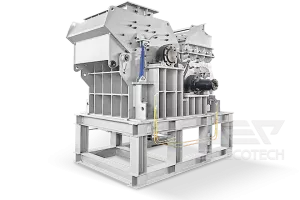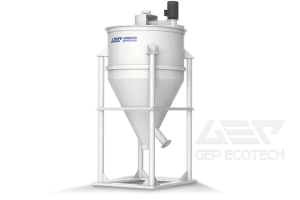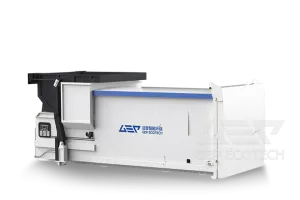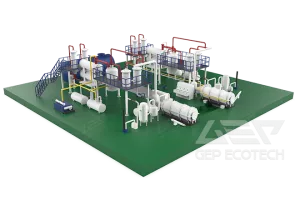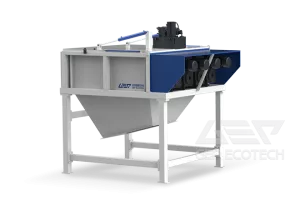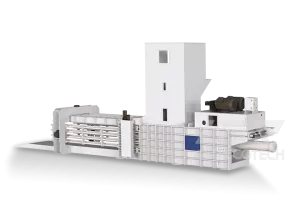Introduction:
With the continuous growth of construction activities, construction waste has become a significant environmental concern. However, construction waste contains a considerable amount of recyclable materials that, if effectively sorted and processed, can reduce resource consumption and environmental impacts. In this article, we will explore the recyclable materials commonly found in construction waste and the advanced sorting technologies used to recover these valuable resources.
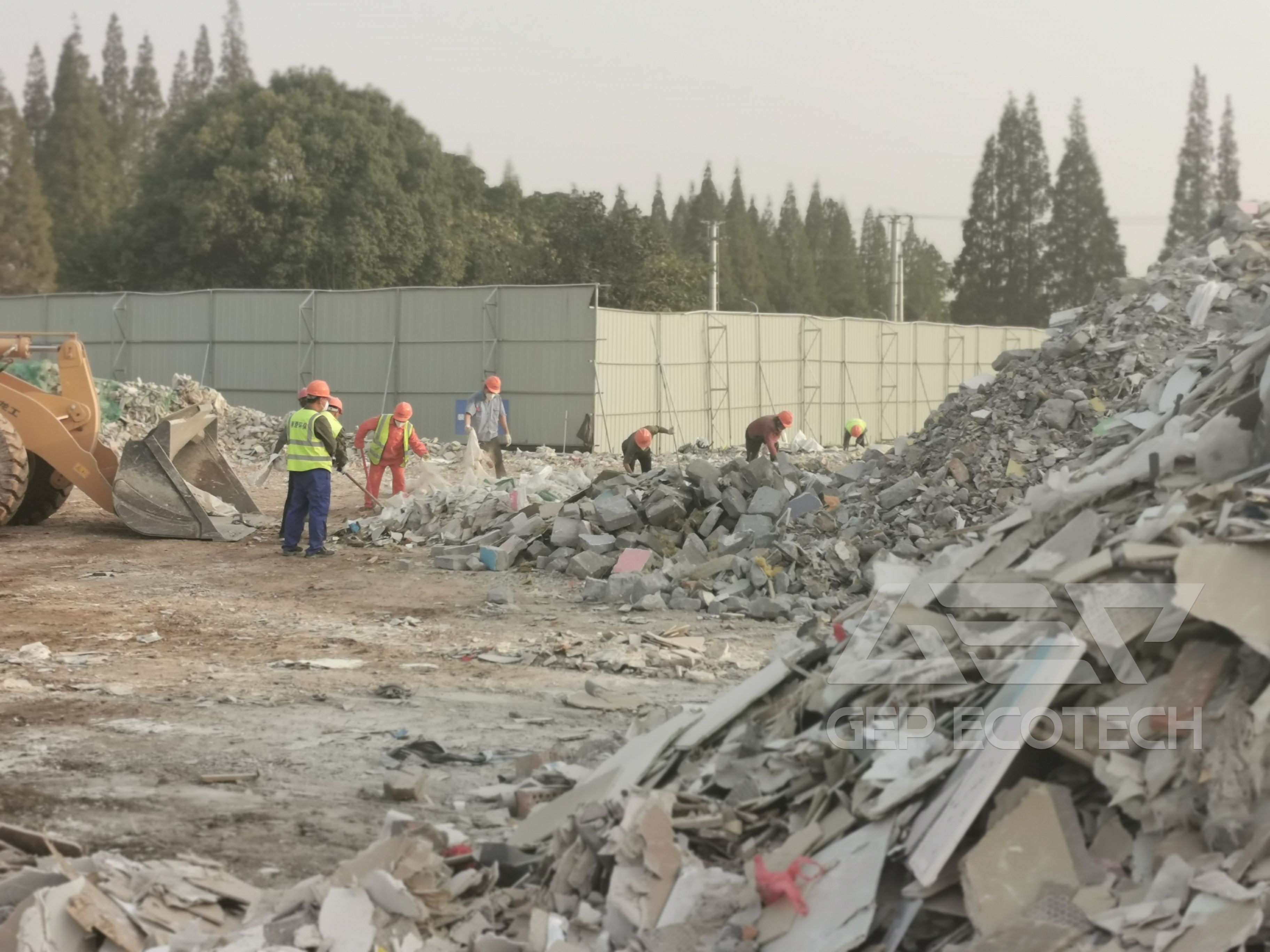
Recyclable Materials in Construction Waste:
- Concrete and Bricks: Discarded concrete and bricks are the most common recyclable materials in construction waste. Through mechanical crushing and screening, these materials can be processed into recycled aggregates for the production of new concrete and bricks, or used as fill material for road base construction.
- Metals: Construction waste often contains various metals, such as steel rebar and aluminum alloys. Magnetic separation and manual picking are commonly employed to recover these metals for further recycling and use in the production of new metal products.
- Wood: Waste wood is another recyclable material found in construction waste. Mechanical shredding and screening can transform waste wood into wood-based panels or serve as a feedstock for biomass energy production.
- Glass: Discarded glass from construction sites can be recycled through crushing, washing, and screening processes. The recycled glass can then be utilized in the manufacturing of new glass products like bottles and windows.
- Plastics: Plastic waste generated during construction can be recycled through shredding and washing processes. The recycled plastic can be used in the production of plastic pipes, sheets, and other products.
- Paper and Cardboard: Construction waste often contains paper and cardboard materials, which can be recycled through proper sorting and used for paper product manufacturing.
- Fill Materials like Sand and Soil: Sand, soil, and other fill materials present in construction waste can be sorted and cleaned for reuse in earthwork projects or construction filling.
Sorting Technologies for Construction Waste:
- Manual Picking: Manual picking is a traditional method for sorting recyclable materials from construction waste. Workers visually identify and manually pick out the recyclables from the waste stream. While simple and feasible for small-scale operations, it may not be efficient for large construction sites due to higher labor costs.
- Mechanical Screening: Mechanical screening involves the use of sieves or screens to separate construction waste based on particle size. It helps segregate larger recyclable materials from smaller non-recyclable debris.
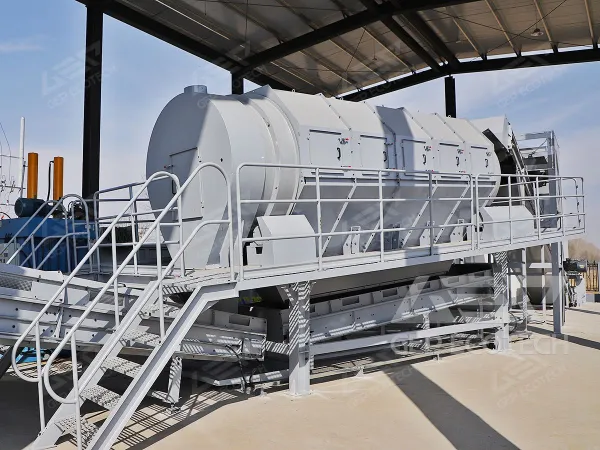
- Magnetic Separation: Magnetic separation is an effective method for recovering ferrous metals like steel from construction waste. Magnetic separators attract and separate magnetic materials from the waste stream.
- Optical Sorting: Optical sorting is an advanced technology that uses optical sensors to detect and sort materials based on their physical properties and color. This automated process enables efficient separation of different recyclable materials.
Conclusion:
Construction waste contains a wealth of recyclable materials that, when properly sorted and processed, can significantly reduce resource consumption and environmental impacts. Employing advanced sorting technologies such as mechanical screening, magnetic separation, and optical sorting allows for effective recovery of these valuable resources, promoting a more sustainable construction industry. Embracing these sorting technologies and encouraging recycling practices will lead to a greener and more resource-efficient construction sector, benefiting both the environment and the economy.


